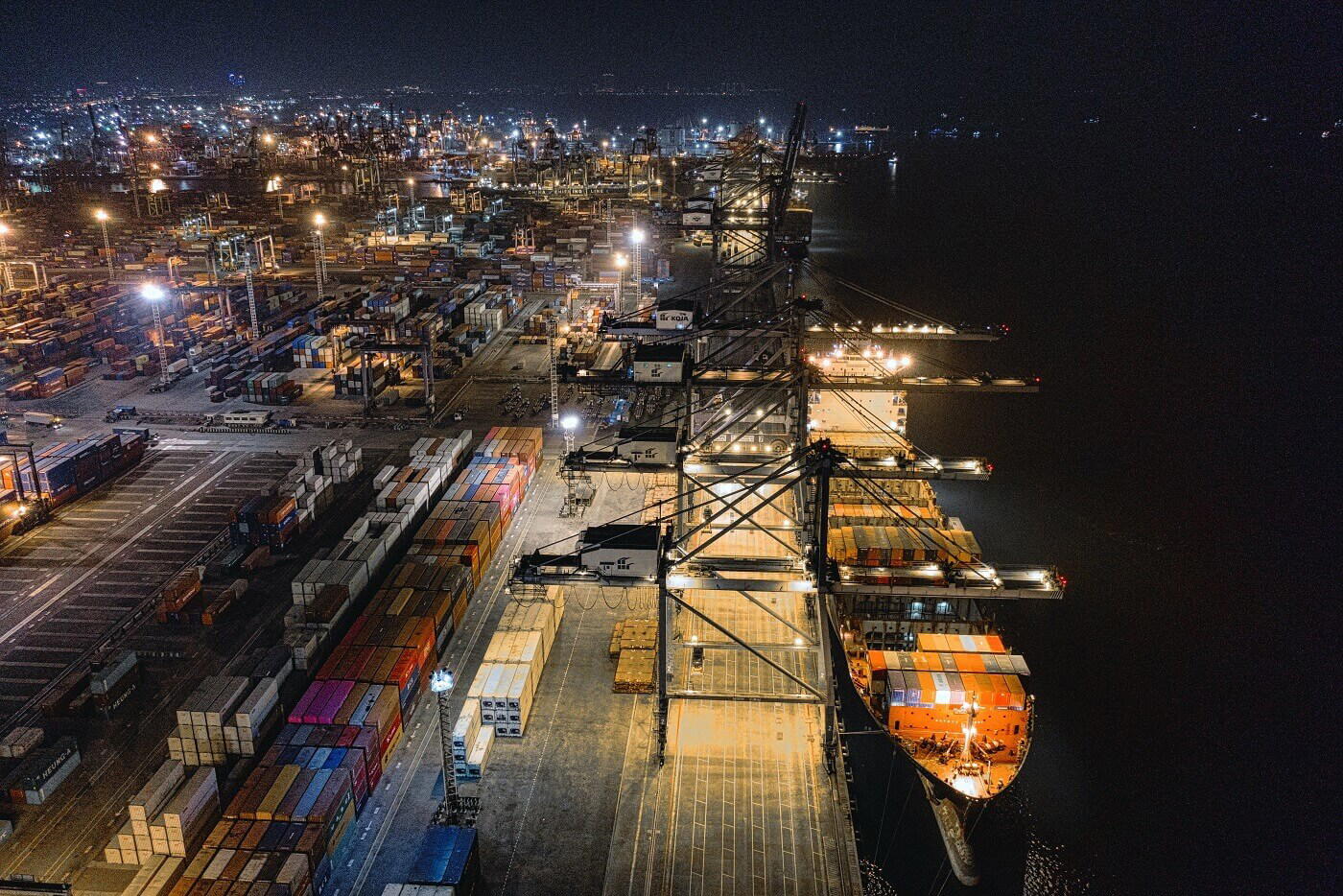Intermodal transportation. The complete guide
Intermodal transportation has been a popular method of transportation since the 18th century. In this blogpost we will explain what intermodal transportation is, how it works and the advantages and disadvantages of this method.

What is intermodal transportation?
Intermodal transport involves the transportation of good in containers through multiple modes of transports, without handling the goods themselves when changing modes. Examples of transportation modes are ship, rail, truck or aircraft.
For example when a container full of goods is first moved by ship and thereafter transferred to a truck which drives to the final destination, we speak of intermodal transportation.
Intermodal transportation originated in 18th-century Britain when coal was moved in containers on water and railways. Since the 1960’s intermodal transport is the most popular and preferred method of sea freight.
Far-reaching integration and standardization of containers was necessary for the success of intermodal transport. Because of the benefits, on which later more, logistics companies and large organizations such as the International Organization for Standardization (ISO) made big efforts leading to standard sizes of shipping containers all around the globe.
How does intermodal transportation works?
A real-life example explains best how intermodal transportation works. Let’s take for example a television manufacturer in China. After the televisions have been produced the products are loaded in a Chinese port for container shipment to the U.S. When arriving in the port of Los Angeles, the container is transferred to rail in order to be moved to Phoenix, after which it is transferred to truck which drives to its final destination where the container is unloaded.
What is Intermodal freight transport
Intermodal freight transportation is technically speaking a synonym of intermodal transportation, but usually refers to the intermodal transport of shipping containers. International freight transport involves thus in practice the transportation of containers by ship and another method of transit.
The advantages of intermodal (freight) transportation
- Flexible and fast service. A business can choose between various modes of transportation and, if necessary, choose the fastest way of transport.
- Cost-saving. Because of efficient handling, costs are relative low.
- Increased security. Because goods are stored in a closed container throughout the journey they are secured if they are transferred in various modes.
- Intermodal transport is a relatively eco-friendly method when it involves transportation by ship and/or rail.

About Hoefon Security Seals
Hoefon Security Seals is a certified manufacturer of security seals. We produce, among others, bolt seals, cable seals en plastic security seals. Our ISO 17712 high security seals are CTPAT compliant and accepted by customs all around the world. We offer great value for money and ship worldwide.

The disadvantages of intermodal transport
- Decreased reliability. Because multiple methods of transport are used, there is an increased risk of untimely delivery compared to using 1 method of transport.
- As mentioned intermodal transport can be faster, but can also be slower than non-intermodal transport. For instance, railroad may not offer direct routes to the destination.
What is the difference between intermodal and multimodal transport?
Both intermodal transportation and multimodal transportation involve moving goods using more than 1 transportation method. In a multimodal transport one carrier takes responsibility and guarantees door-to-door delivery is completed. This is arranged by contract and also applies if multiple carriers are used during the journey. In intermodal transportation, there is a separate contract for each individual part of the journey. No party is therefore responsible for the entire journey.

Niels Pas
CEO Hoefon Security Seals
Niels Pas has been Hoefon Security Seals’ CEO since 2017. He has extensive international experience and speaks 4 languages professionally.


